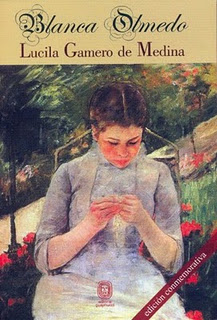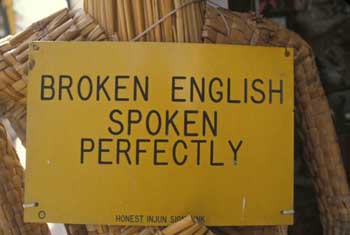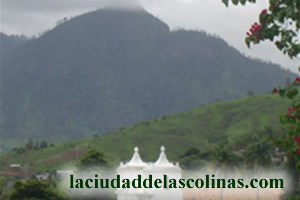The following is an article from the magazine “Cultura”, from 1980, on the phenomenon of fish rain in Yoro, Honduras.
ACAN-EFE report
By: Armando Cerrato
The province of Yoro, to the north of Honduras, has witnessed again this year [1980] one of the rarest natural phenomena, perhaps unique in the world: fish rain, which for many years was believed to be the product of the natives’imagination.
The phenomenon occurs almost annually in the area known as El Pantano (The Swamp), a mile southwest of the picturesque city of Yoro, nestled between mountains and surrounded by jungle vegetation crossed by rivers that give life to the mighty river Aguan.
Everything happened during the strongest downpouring of the rainy season: a huge dark purple cloud shifted rapidly from the Atlantic Ocean heading to the Gulf of Honduras, on the same coast, but across the mainland.
There was a lot of electrical activity, and as it has been happening for hundreds of years, it forced the natives to lock in their homes, waiting for the miraculous fish rain during a strange and mournful whistling of the wind.
At the end of the natural activity, the natives left their homes with baskets (wicker baskets and of other materials from the area as jute) in order to collect hundreds of fish that were jumping with death rattles.
Research
Various theories have tried to explain the strange phenomenon, but none of them has been able to convince the natives that there is no fish rain in their land, Yoro.
The only serious investigation was promoted by the National Weather Service of Honduras, that sent the technicians Andrade Edgardo Zuniga (Honduras), and Martin Rossemblat (U.S.), to the zone of the phenomenon some years ago.
Both forecasters knew that some people believed that the fish were collected at the Atlantic Ocean by a waterspout, others said they jumped from the depths of the earth from an underground river, and the most gullible said it was a miracle from heaven.
In their observations, Andrade and Rossemblat could verify that all fish are of the same type and size (boat fish [peces lancha], a variety of sardines) that are not blind and did not show any bruises after they appear.
This proved they were not brought by a waterspout, because in that case there would be fish of all sizes and varieties, in addition to the fact that no meteorological phenomenon follows the same course and is repeated with the frequency of the apparition of fish.
Also, not being blind, these fish could not ever come from groundwater. Not presenting bruises, they could not have fallen from the sky, because there was no fish in the roofs of the village houses.
Conclusions
The two researchers concluded that the boat fish probably belongs to a family that keeps the habit of going to die to the place of birth.
But the tradition is that some of the ichthyologic varieties studied die in the place they were born, but they do it in the water, in lakes or streams, and never on land, as it happened in Honduras.
Moreover, where the dying jumping boat fish were found, there were no puddles or streams.
Besides, the cloud that always appears in the valley of Yoro is of the mamatus cumulonimbus type, common in all regions of the world, which takes its name from its breast form, producing the throaty whistle of the wind when the air drops through its narrowest part.
It is believed that the fish come up, swimming against the current of the Aguan River in order to die where they were born. It is ignored if the zone to which they jump, before they become food for the people of Yoro, was at one time a lake or a pond.
Still, for tourism, the phenomenon is of great value, and nothing like this can be found elsewhere in the world, and much less the big belief of the natives that “we are a privileged people because God sends us every year a fish rain. “
But esoterically it is known that this fish rain in Honduras comes from another world, parallel to ours, which corresponds to the fourth dimension. This explains why fish come from the air. But as the title of this article says: “A phenomenon to investigate”, any esoteric researcher can investigate and test, while official scientists will never know because of their very limited means of investigation.
Taken from the magazine “Cultura”, No. 51 of 1980.


